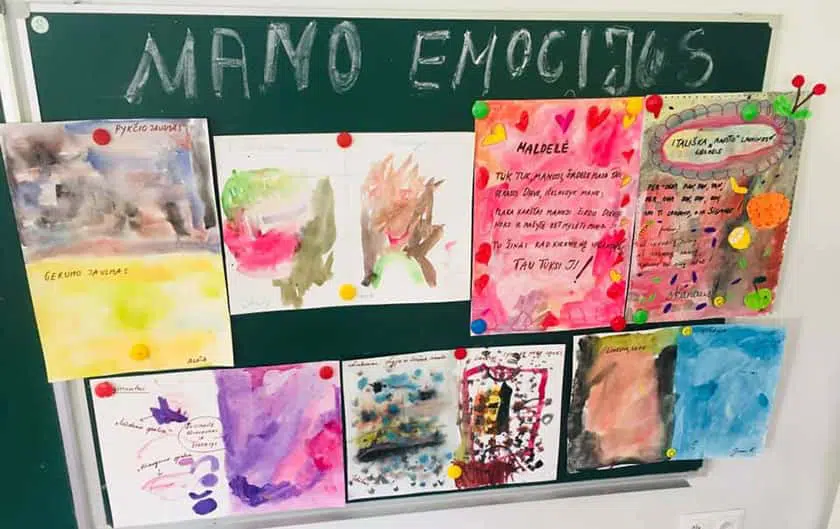Young children deal with many of the same emotions that adults do: they get angry, sad, frustrated, nervous, happy, or embarrassed, but they often do not have the exact words to properly express how they are feeling. Instead, they sometimes express these emotions with their actions, which may not always be appropriate. Young children have a hard time identifying how they are feeling and how to appropriately express those feelings and, many times, they will bite or hit out of frustration, or have a hard time calming down after they have had an exciting day. This can be very frustrating for parents and caregivers, but these situations are all a learning opportunity for young children in how to identify and express their emotions and improve their emotional development. Children get more frustrated when they are unable to make you understand what they are feeling, that’s why the first step is to help them identify their own emotions and why they are feeling that way. Starting as early as 18 months, families can teach their child to verbalize or express in other ways (in painting way) their feelings.
From Šeimų darželįs, the nursery school in Lithuania that is part of the Parentes Educational Network, they have implemented this artistic method with the strategy: “paint what you feel”. Picture (painting) helps to verbalize emotion, while painting helps to compare different (opposite) emotions: happy/sad.
Colors and emotions
Children don’t think about the future so much, and they don’t make plans—they just enjoy the moment. This lets them paint without any anxiety and fear of judgment, and this is something we can learn from them! But what can you paint without analyzing and planning? The answer is: your emotions. It’s not only relaxing, but it’s also healthy to acknowledge what we feel and allow ourselves to feel it without judgment. The best thing about it is that we can’t do it wrong. Nobody can tell you what such a painting is supposed to look like—only you. Keep reading if you want to learn how to start!
Although emotions are not visual and they don’t have any colors, we can associate certain colors with certain feelings. Some become linked by our experience, while others may be programmed in our mind before we’re even born. Synesthetes also find it very natural to describe feelings through colors.
Painting your emotions has many benefits: You don’t need to feel pressure about being “good enough”, so you can fully relax.
- You can better understand your emotional state at the moment.
- You can change your mood by using the colors for emotions you want to feel (especially if you’re susceptible to suggestion).
- You can experiment and have fun, with no expectations about the outcome.
- You can easily verbalize what you feel.
- You can learn to compare different emotions, different feelings, etc.
